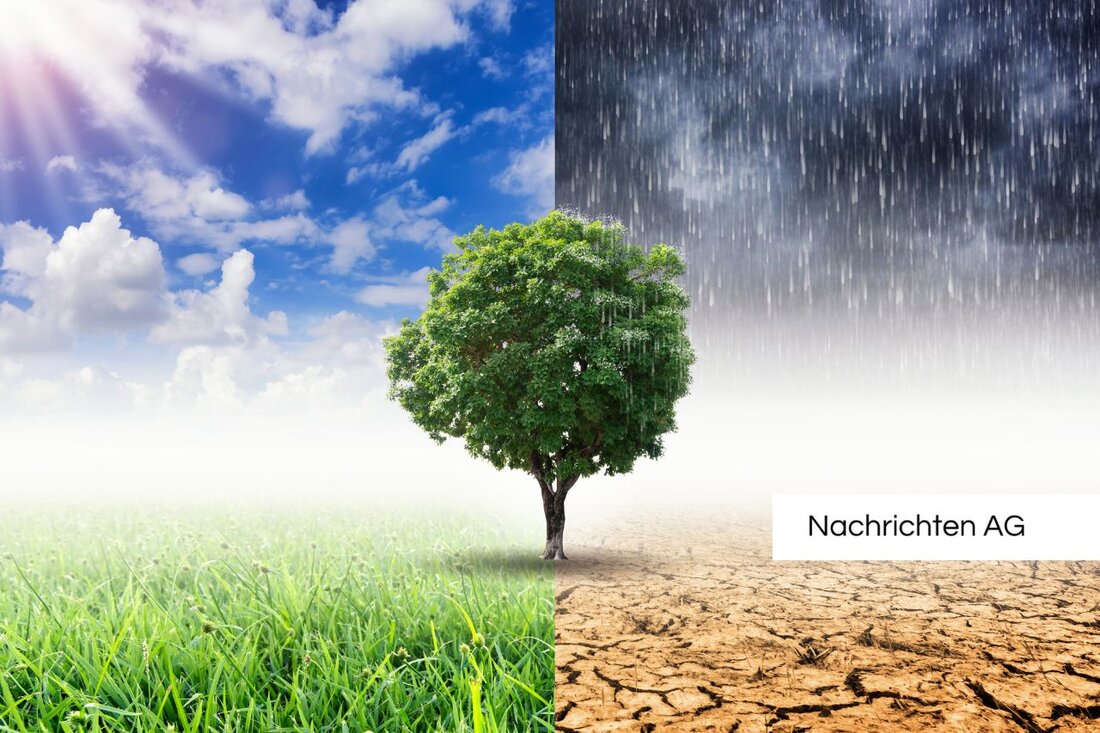Water crisis 2025: Alarming rules against the drought in Germany!

Water crisis 2025: Alarming rules against the drought in Germany!
Spree-Neiße-Kreis, Deutschland - In North Rhine-Westphalia, the lack of water has become an pressing problem. Due to the extreme heat and the continuing drought, the suppliers and municipalities have been active for years in order to promote responsible use of water. As early as 2025, some regions passed water withdrawal bans at an early stage. In cities like Bonn and Münster, these regulations apply during the summer months to protect the critical water level in the waters. Similar measures came into force in Baden-Württemberg and in eight counties of Brandenburg, including in Cottbus and in the Spree-Neiße district. These challenges are in the context of an alarming development: Germany has heated up for a total of 2.5 degrees since the pre -industrial period, which, according to the German Weather Service (DWD), has a significant impact on water availability.
Special measures have been taken by the Ruhrverband since July 1. With a new law, the association can now hold more water back in its dams, while less water is released into the Ruhr. This law is an important step to secure the water supply of 4.6 million people in the region. The German Association of Cities and Municipalities also expresses concerns about the increasing shortage of water and recommends preparing for possible further bans. In this context, the drought monitor of the Helmholtz Center shows a worrying development with regard to the dryness of soil, especially in the east of Germany.climate change and water balance
The climate projections for Germany clearly show that the precipitation increasingly shift from the summer months to winter. These changes not only have an impact on water supply, but also on agriculture and other water -related uses. Increasing water temperatures also contribute to the problem. Climate change has already left its mark today: Germany loses around 2.5 cubic kilometers of freshwater annually, which roughly corresponds to the volume of Lake Constance. Over 70 percent of the drinking water comes from groundwater, but the deepest water levels have been measured since 1990 at almost half of the 6,700 groundwater measuring points.
outlook and strategies
The future shortage of water in Germany depends on a variety of factors, including climate development and political decisions. Nationally, the Federal Environment Ministry is pursuing the goal of ensuring clean water by 2030 with the national water strategy. The project "Effecting Climate Change on Water Availability" also aims to face the challenges of dryness and drought. Solutions and recommendations for action will be developed to counter the water usage conflicts in the future.
In conclusion, it remains to be said that the responsible handling of water in times of climate change is more important than ever. Developments in recent years show that measures are necessary to secure water supply in the coming years. The efforts of the communities and suppliers are of central importance here. Every drop counts and it is up to us to deal with the valuable good water sustainably.| Details | |
|---|---|
| Ort | Spree-Neiße-Kreis, Deutschland |
| Quellen | |
